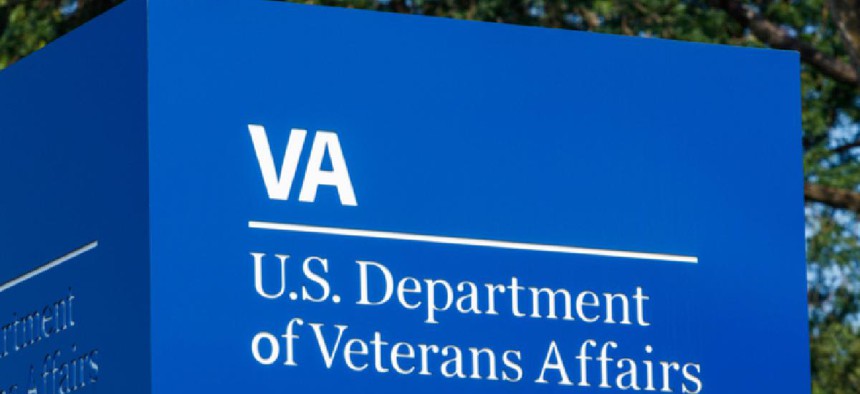Delivering the authentication experience that veterans deserve

With agencies now offering such a complex array of services, it's more vital than ever that government catch up with their private sector counterparts and link the connection points.

Optional caption goes here. Optional caption goes here. Optional caption goes here. Optional caption goes here.
According to a 2019 Gallup poll, the Department of Veterans Affairs ranked as America's least favorite federal agency for the fourth year in a row. Among veterans themselves, the numbers demonstrate that the VA needs to continue to lean in and serve the Veteran - less than half of veterans in 2019 said the government has provided them with excellent or good services. So, what exactly, has gone wrong at the VA?
The need for reform at the agency is something those of us working in federal technology and services have known for some time. For years, the VA has been bogged down with a 20th century citizen experience model that silos its systems and prevents Veterans from receiving the care and experience they deserve. It's a sure bet that this outdated model has contributed to the poor public opinion numbers for the agency. And who can blame the veteran and their families for the direct and honest feedback?
The Citizen Experience (CX) is a hot-button topic across in the Federal space in these days. It crops up at every Federal technology conference and panel, and across the board Federal agencies are slowly starting to recognize the vital role CX plays in building trust between citizens and the Federal government. The VA has started to move the ball forward too, but still hasn't linked the communication points across its different systems—a disconnect that leads to frustrating experiences for veterans as the agency struggles to verify them in a timely manner.
Over the course of my career, I've witnessed the surge in customer authentication investment in the private sector produce demand for more sophisticated citizen authentication in the federal space. With agencies now offering such a complex array of services, and with so many different points of communication available, it's more vital than ever that government catch up with their private sector counterparts and link the connection points. It's the comprehensiveness 21st century citizens now come to expect, and what veterans deserve from the VA.
Omnichannel authentication
Establishing an efficient authentication experience involves bringing together all avenues of contact together into a cohesive whole. This can include a hotline, a call center, kiosk, or an online messenger service. Omnichannel authentication is the solution that would bring a veteran's siloed points of communication together, enhancing transparency from the agency and improving trust in its abilities.
Much of the frustration Veterans feel towards the VA is likely due to an impersonal call center system that frustrates more than it assists. Call centers are a key vehicle for any federal agency, and an inbound call to ask for services or assistance should be handled as quickly as possible. It just takes too long to navigate through the lengthy prompts; and the reliance on knowledge-based authentication that the VA currently leans on is already outmoded by fraudsters and hackers, who find new ways every day to defraud citizens.
Moving away from the outdated knowledge-based model towards omnichannel authentication is a win-win. It dramatically lowers the time and cost involved in verifying veteran identities, while also equipping the agency with the authentication model that the private sector has already leverages successfully so when the line is picked up by a customer service agent, the veteran hears their name and how can I help you today?
A multi-channel authentication model would also improve trust and the reputation of the VA. Imagine veterans, 37% of whom are 65 years and older, being able to seamlessly receive the information they need on their benefits across multiple channels. Instead of interrogating the Veteran with invasive and personal questions—which they may or not have available—their concerns can be directly addressed. A system such as this one requires an end-to-end, system agnostic identity management solution that is easy via API to integrate and can tie these citizen identifiers together and corroborate them for accuracy and completeness.
Technology solutions to the eternal hurdle of authentication to citizen experience have evolved greatly. The largest brands in the military community are transitioning to solutions that can mitigate the time it takes to assist Veterans by identifying and authenticating them in seconds prior to saying "hello" at call pick up. The multi-channel authentication solution requires no IT infrastructure to build and can be implemented in days instead of months or years.
It's long past time for the VA to haul itself into the post-knowledge based era of authentication technology. By implementing an omnichannel authentication solution approach the VA can build the trust of the veterans it's there to support.
NEXT STORY: FCW Insider: Jan. 24


